Expansion of Distribution Channels
The expansion of distribution channels is a notable driver for the a2 milk market in North America. As consumer demand for a2 milk continues to rise, retailers are increasingly recognizing the potential profitability of stocking this product. The presence of a2 milk in mainstream grocery stores, health food outlets, and online platforms is becoming more prevalent. This increased availability is likely to enhance consumer access and awareness, thereby driving sales. Recent reports indicate that online grocery sales have surged, with e-commerce accounting for approximately 15% of total grocery sales in North America. This shift towards online shopping presents a significant opportunity for a2 milk brands to reach a broader audience. As distribution channels expand, the a2 milk market may experience accelerated growth, catering to the evolving shopping habits of consumers.
Rising Lactose Intolerance Awareness
The increasing awareness of lactose intolerance among consumers in North America appears to be a pivotal driver for the a2 milk market. Studies indicate that approximately 65% of the adult population experiences some form of lactose malabsorption. This condition often leads to discomfort when consuming traditional dairy products. As a result, many consumers are actively seeking alternatives that are easier to digest. a2 milk, which contains only the A2 beta-casein protein, is perceived as a suitable option for those with lactose sensitivity. The growing preference for lactose-free products is likely to propel the demand for a2 milk, as it offers a viable solution for individuals looking to enjoy dairy without adverse effects. This trend suggests a potential increase in market share for a2 milk, as more consumers become informed about their dietary choices.
Increased Focus on Nutritional Benefits
The heightened focus on nutritional benefits among consumers is emerging as a significant driver for the a2 milk market. With a growing body of research suggesting that a2 milk may be easier to digest and less likely to cause discomfort compared to regular milk, consumers are becoming more informed about their dietary choices. This awareness is likely to influence purchasing decisions, as individuals seek products that align with their health goals. Furthermore, the a2 milk market is witnessing an increase in marketing efforts that highlight the nutritional advantages of a2 milk, such as its potential to support gut health. As consumers continue to prioritize nutrition, the demand for a2 milk may rise, potentially leading to an expansion of product offerings and increased market penetration.
Shift Towards Natural and Organic Products
The trend towards natural and organic food products is gaining momentum in North America, significantly impacting the a2 milk market. Consumers are increasingly prioritizing health and wellness, leading to a surge in demand for products perceived as natural and free from additives. a2 milk, often marketed as a more natural alternative to conventional milk, aligns well with this consumer preference. According to recent data, the organic dairy market has been growing at a rate of approximately 10% annually, indicating a robust shift in consumer behavior. This inclination towards organic and natural products suggests that a2 milk could capture a larger segment of health-conscious consumers. As the market evolves, the emphasis on transparency in sourcing and production methods may further enhance the appeal of a2 milk, positioning it favorably against traditional dairy options.
Evolving Consumer Preferences for Dairy Alternatives
The evolving consumer preferences for dairy alternatives are playing a crucial role in shaping the a2 milk market. As more individuals adopt plant-based diets or reduce their dairy intake, there is a growing interest in alternative dairy products. However, many consumers still desire the taste and texture of traditional dairy. a2 milk presents a unique solution, offering a familiar dairy experience while catering to those who may have previously avoided conventional milk due to lactose intolerance. Market data suggests that the dairy alternatives segment is projected to grow at a CAGR of around 8% over the next five years. This trend indicates that a2 milk could benefit from the increasing demand for dairy alternatives, positioning itself as a preferred choice for consumers seeking both taste and digestibility.


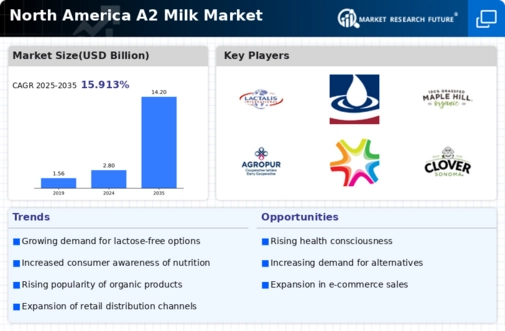
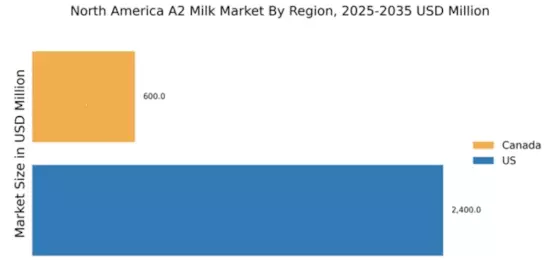
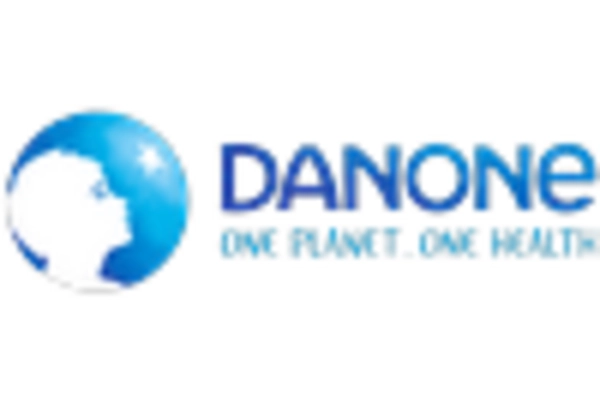
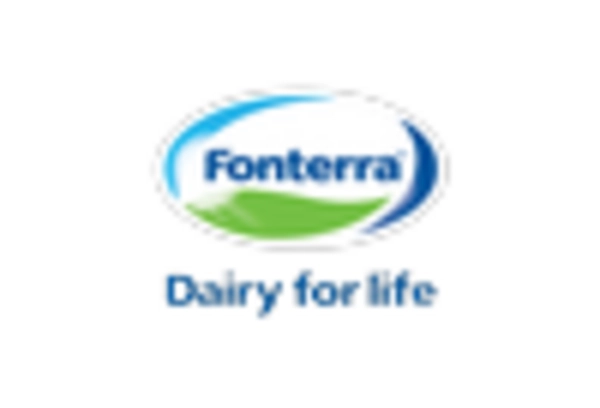

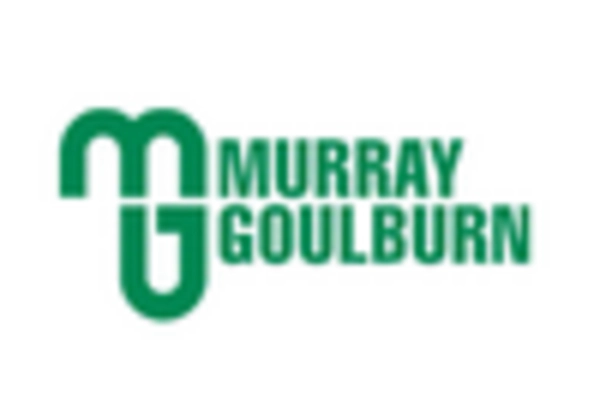
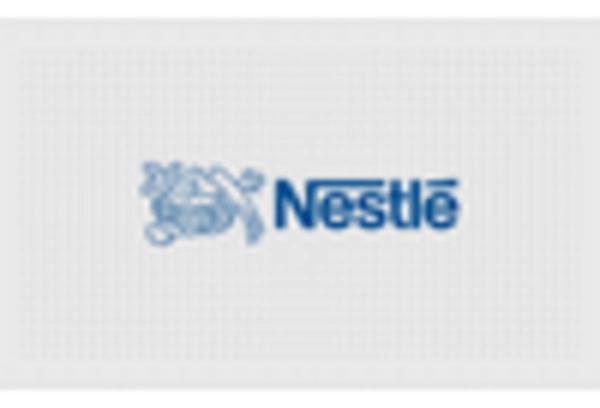
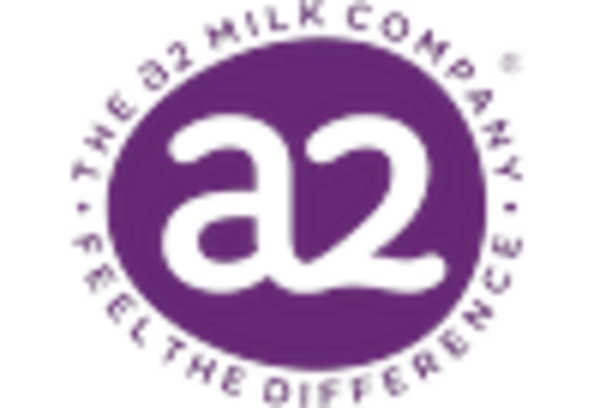








Leave a Comment